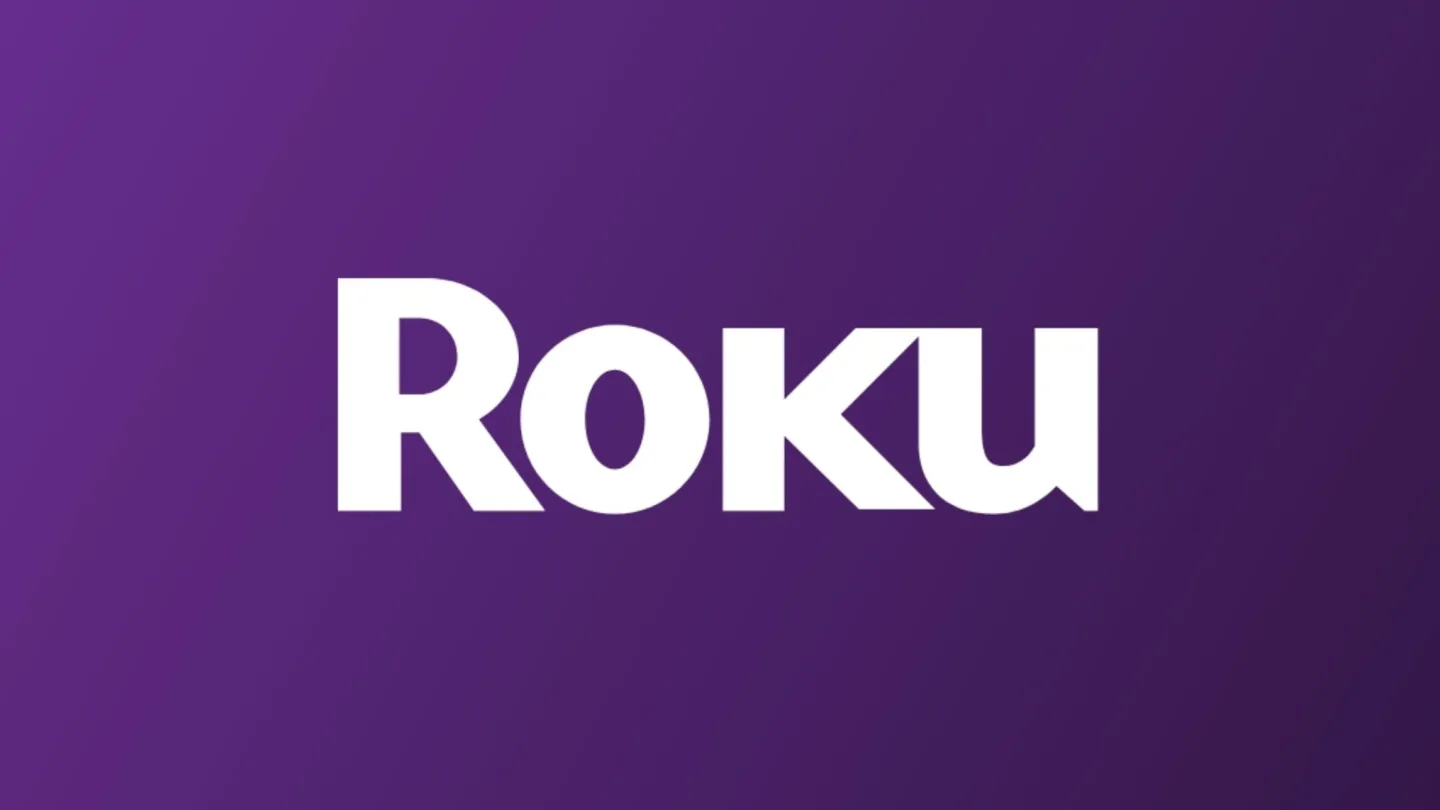Roku, the streaming platform company, is set to lay off 10% of its workforce, more than 300 employees, as part of its ongoing efforts to cut down costs. This will be the third round of job cuts at Roku in less than a year.
The layoffs are expected to affect employees across all levels and functions, and will be substantially completed by the end of the fourth quarter of fiscal 2023. The company is also planning to remove some of its licensed and owned content from the platform as it conducts a review of its content portfolio. Additionally, Roku plans to consolidate office space and cut outside service costs to reduce its expenses.
The layoffs are expected to result in severance and benefits costs of $45 million to $65 million during the current quarter. Furthermore, the company anticipates an impairment charge of $55 million to $65 million as a result of changes made to its content portfolio. Additionally, consolidating office spaces would result in another impairment charge of $160 million to $200 million.
Despite the layoffs, Roku expects to see an increase in Q3 net revenue to $835 to $875 million following a round of restructuring and associated impairment charges. The company’s adjusted earnings before interest, taxes, depreciation and amortisation (EBITDA) are likely to be in the negative $20 million range, up from negative $40 million.
The layoffs come as Roku faces a number of challenges, including increasing competition from other streaming platforms, such as Netflix, Disney+, and Amazon Prime Video. Roku is also facing rising costs, as it is having to pay more for content and advertising.
The company is hoping that the layoffs will help it to reduce its costs and become more profitable. However, it is unclear how the layoffs will affect Roku’s long-term prospects.
In a statement, Roku CEO Anthony Wood said, “We are making these difficult decisions to ensure that we are best positioned for long-term growth and success.”
The layoffs are a sign of the tough times that streaming companies are facing. As the streaming market becomes increasingly crowded, companies are under pressure to cut costs and find new ways to differentiate themselves.
